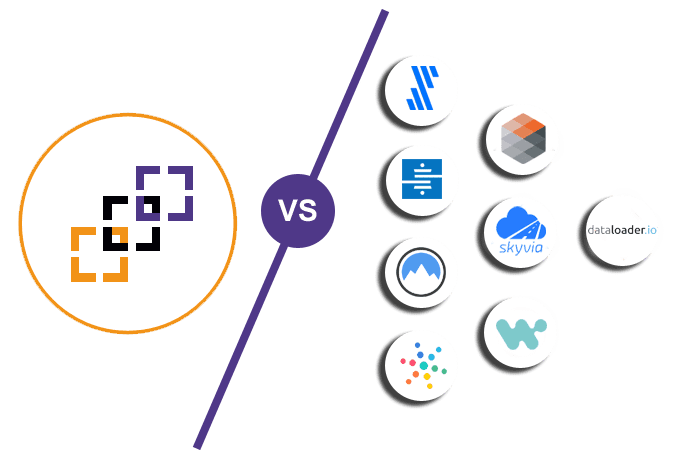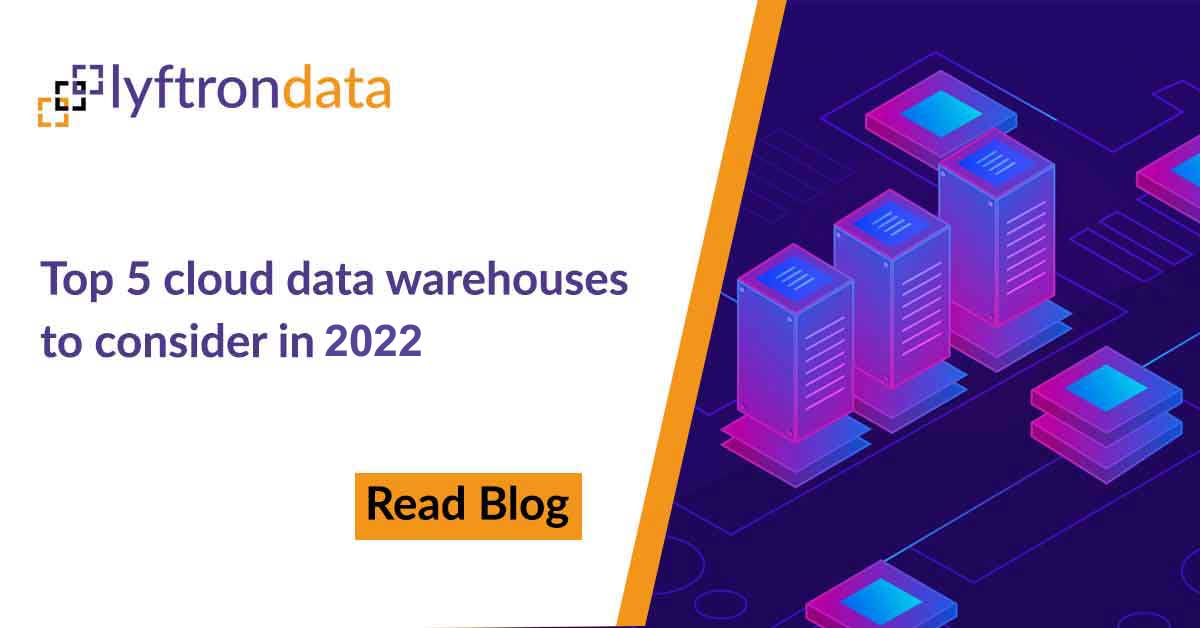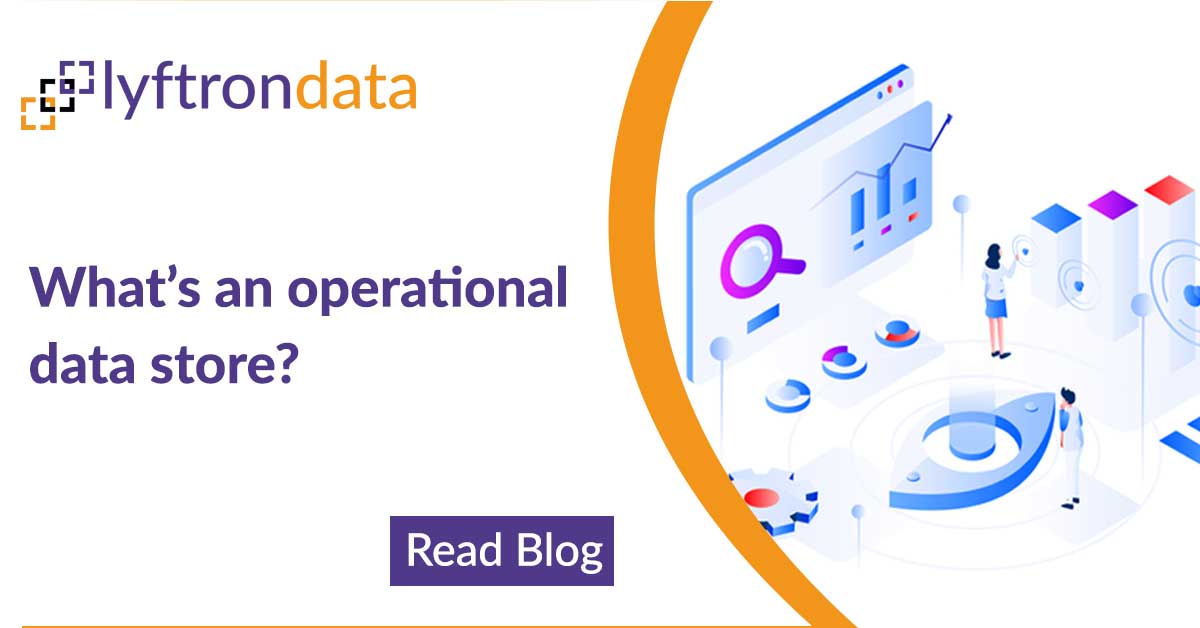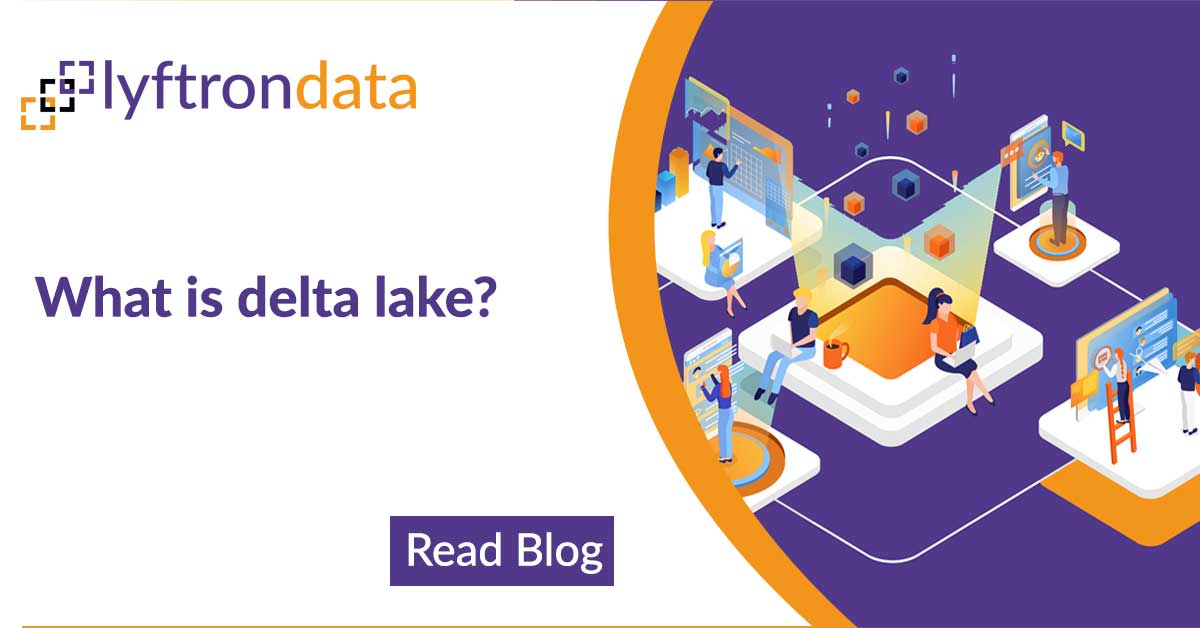Explore how Lyftrondata helps boost Amazon Redshift data virtualization architecture for superior, agility, speed & flexibility.

Data Virtualization for Snowflake With a Powerful Combination of Lyftrondata – Part II
Data virtualization with Snowflake and Lyftrondata is becoming the new trend. Read our blog to know why.

Top Data Pipeline Tools for 2022
Download the report and compare the benefits of Lyftrondata against the top data pipeline vendors including Fivetran, Hevodata, Xplenty, and more.
Amazon Redshift is a cloud-based data warehouse product designed for storing large amounts of data and performing data analysis simultaneously. It is also used to perform substantial database migrations.
Redshift is an online columnar database for business intelligence (BI). Built on PostgreSQL 8, Redshift provides fast performance, easy setup and maintenance, and complete SQL compatibility. Users can use Redshift to connect SQL-based clients and business intelligence tools. The speed with which users can access information via Redshift can help teams make informed decisions.
Amazon Redshift vs Traditional Data Warehouses
Amazon Redshift is a direct competitor to traditional on-premise database warehouses.
Let's compare Redshift to typical warehousing in the following areas:
Build Amazon Redshift Data warehouse securely and swiftly
Performance
Cost
Scalability
Security
AWS Redshift performance
Amazon Redshift is a popular cloud computing platform that deals with large amounts of data by exploiting two main technologies: massively parallel processing architecture and columnar data storage. The former allows the latter to process requests faster and more efficiently than traditional data warehouse solutions.
Redshift cost
While Amazon Redshift is significantly faster than traditional warehousing, cost remains a factor in tech purchases; organizations often look to reduce costs while maintaining high-performing solutions.
Because it is a cloud-based solution, Amazon Redshift is able to provide high-level performance at an affordable price. IT executives know that traditional warehousing incurs significant upfront costs for hardware. Amazon Redshift, which has no recurrent hardware and maintenance costs, can be quickly set up and started. Because it is a fully managed solution, database admins do not need to go through the lengthy process of procurement and strategic buy-in from leadership that multi-million-dollar on-premise hardware requires.
Data meets data virtualization in modern data architecture
Redshift Scalability
Data warehousing traditionally involves buying and installing hardware in a data center. If your organization’s data needs increase or decrease, though, you’re forced to make another investment for new hardware purchase and implementation.
Redshift allows more flexibility than traditional databases. It can scale instantly to accommodate increased or decreased capacity and performance needs without downtime or server configuration.
On-demand, pricing ensures that you only pay for what you use. Not being restricted to proprietary hardware or long-term maintenance contracts. This means that organizations have the freedom to change their minds without having to suffer from the consequences of sunk costs. From a single 160GB DC1.Large node all the way up to multiple 16TB DS2.8XLarge nodes for a petabyte or more data, you have access to processing power at your fingertips.
Security in Redshift
Although Amazon Redshift is demonstrably better than traditional warehousing, security is the tipping point for many enterprises–but it’s not because of security vulnerabilities. The reality is that some still feel concerned about not having their data physically present.
Amazon does consider security a topmost concern when it comes to warehousing and distribution
Lyftrondata and Amazon Redshift
Let’s look at some critical use cases of the Lyftrondata, working in conjunction with Amazon Redshift.
Simplified and frictionless transition to cloud
Data warehouse modernization has become the new normal by transferring existing workloads to the cloud. Many firms want to lower the cost of administering the data warehouse while increasing the flexibility of connecting to the data.
Lyftrondata provides a data abstraction layer that decouples the underlying data sources from the consuming apps, allowing data to be moved to Amazon Redshift without friction.
Hybrid logical data warehousing
For strategic reasons, many businesses aren’t putting all their data into the cloud. Instead, they’re pursuing a hybrid approach to cloud data integration, storing some data on-premises and others in cloud-based services like Amazon Redshift.
Lyftrondata provides a single virtual layer for accessing data from both sorts of sources simultaneously, making reporting tools easier to use and allowing data scientists to analyze the combined data swiftly.
Cloud-based analytics and data science
Because Lyftrondata is platform-agnostic, it may be used to support both on-premises and cloud systems. As a result, it can provide a single entry point for data integration from numerous sources.
Data virtualization makes it easier to speed up data collecting and makes it easier for business analysts and data scientists to find, discover, and categorize the data they need.
A crucial tool for advanced analytics and data science projects is Lyftrondata’s data catalog, which is a significant element of Lyftrondata. It gives business users seamless access to data through a searchable, contextualized interface that allows them to query, search, and explore information and metadata stored on the Lyftrondata server.
The modern data virtualization and integration solution
Lyftrondata integrates data virtualization, manages the unified data for centralized security, and delivers real-time data for best class performance. Lyftrondata provides a common abstraction over any data source type, shielding users from the complexity and back-end technologies it operates on. It relies on views that allow users to integrate data on the fly.
Data Virtualization for Amazon Redshift with a powerful combination of Lyftrondata
Data virtualization, when combined with Lyftrondata, lets you access your data in an easy way. You can use Amazon Redshift as a source for cached views. Data virtualization might otherwise seem superfluous when used with Amazon Redshift, but if you consider the whole data architecture responsible for data storage, processing, and analytics, you will clearly understand how well the Lyftrondata data virtualization platform and Amazon Redshift augment each other to enable a flexible, scalable data architecture.
Lyftrondata data virtualization integrates many kinds of data and allows it to be queried as one database. Out of that database, one can query data sources like Amazon Redshift. Lyftrondata Data Virtualization also lets you access data from many different sources, including spreadsheets, SQL databases, and even other services. This technology essentially helps with the inherent heterogeneity of current data processing systems.
Stakeholders can consolidate security across disparate data sources. Lyftrondata Data virtualization eliminates the need for different security specifications for various data sources by handling all security specifications in one uniform way.
Moreover, Data Virtualization hides the SQL dialect of each data source in use. It delivers database server independence and defines all integrations, aggregations, filtering, and transformation specifications using views. Lyftrondata Data Virtualization offers consumers API or language-neutral access to data stored in Amazon Redshift.
Lyftrondata’s data virtualization solution allows users to execute complex queries, including distributed joins, without having to get the data into a central system. By defining views and their associated columns, users can search metadata and discover which views depend upon which sources.
Moreover, lineage can be used to know what adjustments have been established overtime on the particular data. Thus, data lineage can also be utilized to trace the source of the information used for a view, and this will also give insight into how changes could impact a different view. This can be done through impact analysis and people can understand the consequences of modifications before they are actually implemented.
Read more related to Redshift based comparisons;
Connect with our experts
Today to explore how Lyftrondata could help with data stack modernization with an agile, automatic columnar ELT pipeline and give you 95% faster performance.
Conclusion
Lyftrondata data virtualization platform helps Amazon Redshift users integrate data from disparate sources, gives them more flexibility in data access, and prevents data silos by automating query execution for faster time-to-insight.










